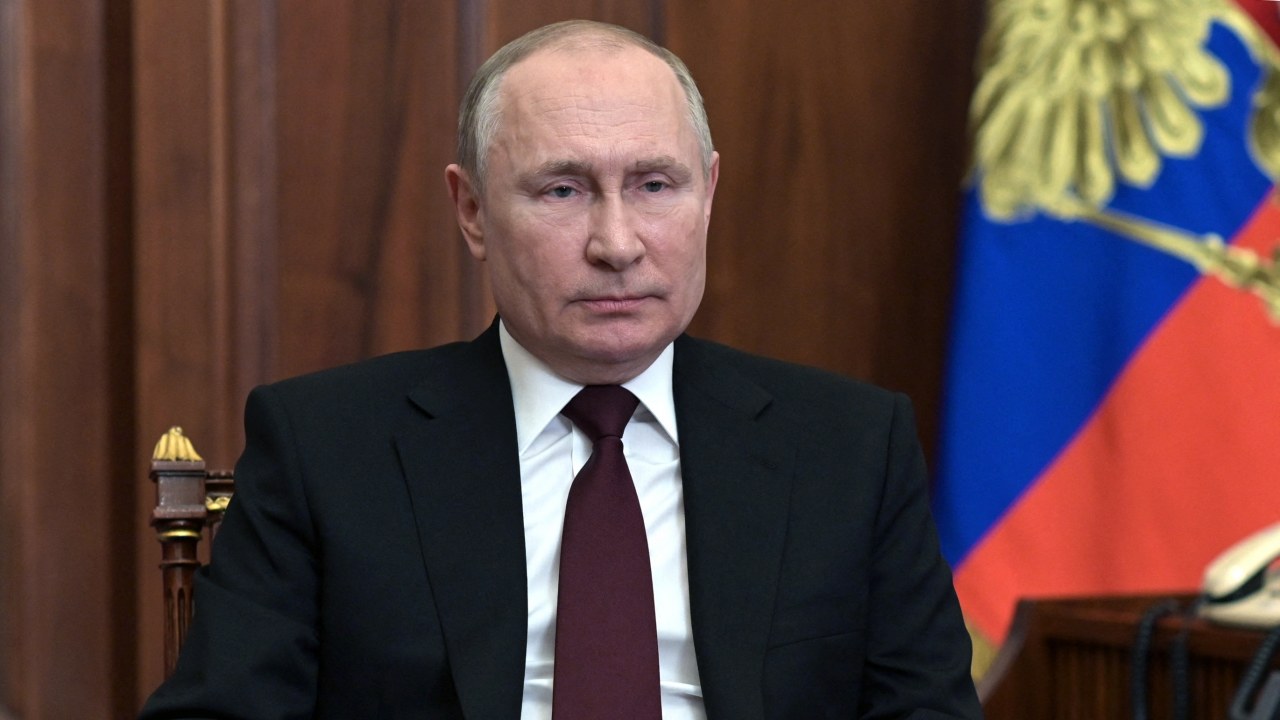
Indian airlines have achieved a remarkable achievement this year, breaking global records, as reported by The New York Times. They have surpassed all other nations in the acquisition of aircraft, having spent billions of dollars to purchase almost 1,000 jets.
India is currently ahead of all other countries in the world in the race to purchase airplanes, according to The New York Times, with New Delhi’s Indira Gandhi International Airport (IGI) getting ready to handle 109 million people this coming year.
According to a report by the New York Times, Indian airlines have gone on an unprecedented spending binge this year.
They have invested tens of billions of dollars, buying almost a thousand jets, and breaking the global record for the most number of plane purchases. Notably, the two major aircraft producers in the world, Boeing of America and Airbus of Europe, expect to benefit most from this boom.
Under the direction of its new owners, the Tata Group, Air India struck a historic deal earlier this year. Under this agreement, a whopping $70 billion worth of aircraft—250 from Airbus and 220 from Boeing—were purchased.
In recent news, 500 new Airbus A320s were ordered by IndiGo in June, making it the top airline in the country in terms of both passengers and flights.
An enormous amount of money has been pouring into India’s aviation industry as part of its ambitious expansion efforts.
With this, India’s economy is rapidly rising to the top of the global rankings. Additionally, the aspirational middle class is growing and advocating for more effective and efficient air travel. Indian airports are so evidence of these incredible advancements.
In spite of India’s continued reliance on train travel (20 rail trips for every air trip), only 3% of the country’s enormous 1.4 billion people often fly.
That is an astounding 42 million regular flyers, mostly composed of engineers, students, and executives who prefer flying due to its convenience and effectiveness in getting to both domestic and international locations.

230 airports by 2030
“It will take two to three years to achieve the quality of growth that India deserves and wants,” says Kapil Kaul, CEO of CAPA India, a consultancy business that specializes in aviation. He places this in the context of the rise in freight and passenger traffic that followed, which had such significant investments and reverberated across the nation’s economy.
As per the NY Times analysis, IGI airport has become India’s most valuable infrastructure since it was given to GMR in 2006. These days, it has an innovative luggage handling system that can sort 6,000 bags per hour and is fuel-efficient.
Over the past two years, the number of airports has more than doubled (from 74 to 148) under the BJP-led Modi government. Union Aviation Minister Jyotiraditya Scindia has assured that an extra $15 billion will be invested, resulting in the construction of at least 230 airports by 2030.
In response to the pandemic’s aftermath, a number of airlines are currently offering cheap flights for Indian tourists to far-flung locations like Azerbaijan, Kenya, and Vietnam; one-way tickets start at less than 21,000 rupees, or $250.
In order to improve the nation’s aviation network, tier-II cities and regional linkages are receiving increased attention, while smaller areas like Darbhanga, Nashik, and the northeastern borders are seeing improvements in their aviation infrastructure.

































































































































































































































































































































































































































































































































































































































































































































































































